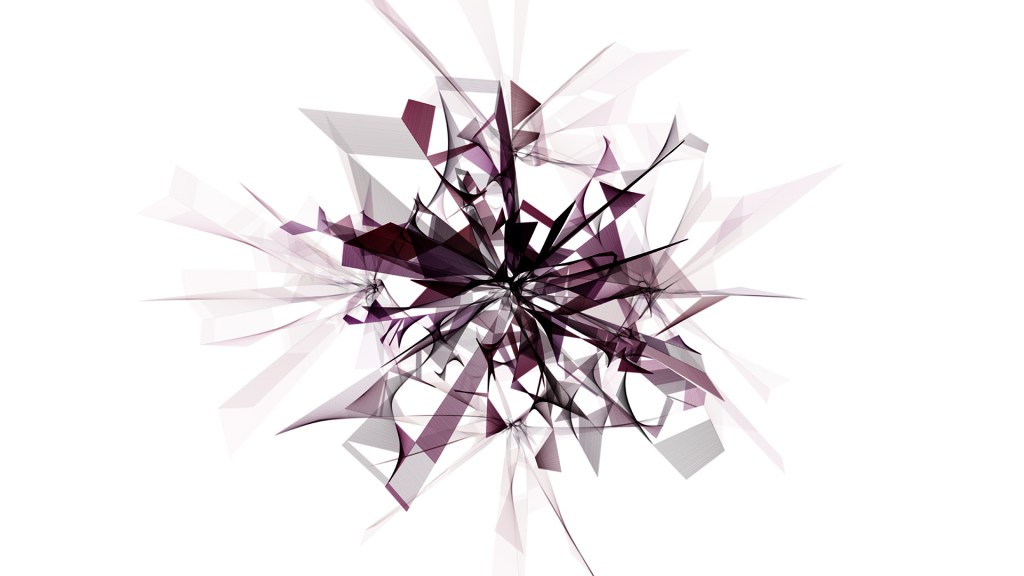Inspiration and resources for learning Processing

Processing is the framework I use for creating generative images. It really takes away a lot of the low level technical worries related to drawing graphics to your screen or a canvas. This lets you focus on what you're actually trying to create.
Processing is Java based and requires some coding knowledge. But if you have the basics covered, you can get very far. After installing the Processing programming environment, it's easy to start a new sketch and begin drawing. With methods like fill(), stroke(), line() and ellipse() you can focus exactly on what you're trying to image.
This post lists some resources where you can get started with Processing, and learn more as you go.
Processing.org's own list of tutorials
Processing.org has it's own list of tutorials on its home page. The Getting Started guide covers the basics of installation and starting a sketch in the custom IDE, and is a good starting point. The more extensive Processing overview is also worth a read.
As you progress and need to learn new aspects of Processing to fulfil your ideas, you can look up the other tutorials listed. Some also explain graphics concepts in great detail to increase understanding of how digital images are created.
Nature of Code
Daniel Shiffman has created a great resource for learning Processing at Nature of Code. It can be bought as an ebook or physical print, but is also available for reading free online with interactive examples.
He also created and performed a set of tutorials for Processing Hour of Code, if you like to learn by videos.
Inspiration
Inspiration is key when creating any kind of art, of course including digital art. Don't miss out on the great libraries of anything from simple examples and experiments, to stunning visual creations created by others.
Processing.org has its own curated gallery where you can see all kinds of ways to utilize the power of Processing. It covers images, animations and videos, physical installations, physical objects, and much more.
Also check out OpenProcessing.org, which is a more user contributed resource. It has lots of interactive examples running in your browser as well, powered by p5js, the JavaScript port of Processing. Join up and contribute your own stuff!
And last, feel free to watch the video that triggered my own venture into the generative world of Processing: How to Draw with Code, with Casey Reas. Casey Reas is one of the founders behind Processing.org.
References
While coding, you will probably want to keep the Processing language reference handy at all times. It lists the available methods when coding your sketch.
If you prefer a JavaDoc style reference instead, that is also available, but I find it not as quick to navigate. It is more useful if you decide to go full developer style and write programs in Eclipse. But that is another topic.